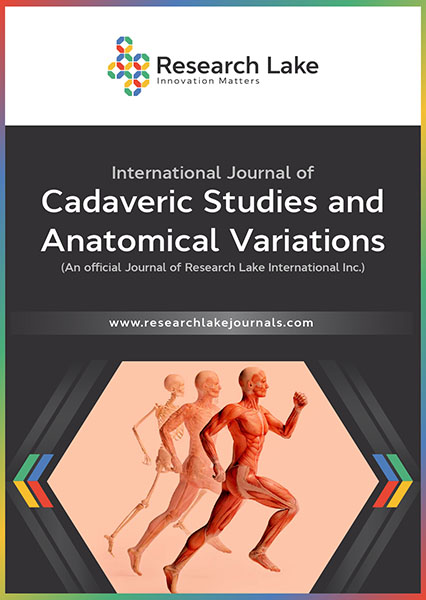Inferior Trapezius Muscle Agenesis and Scapular Dyskinesis in a 58 Year-Old Black Male Donor: A Cadaveric Case Report
Abstract
A functionally significant abnormality was observed in a 58 year-old Black male donor with a cause of death of thyroid cancer. He exhibited left inferior trapezius muscle agenesis as well as scapular dyskinesis. The left scapula is shown pressing into the adjacent vertebral bodies of C7 and T1, which resulted in deviations in the location of the left semispinalis capitis, semispinalis cervicis, and splenius cervicis muscles. This resulted in compromise of the left levator scapulae muscle. It is suspected that these abnormalities would have resulted in functional limitations in arm movement, particularly in adduction. A literature review was completed to understand the significance of these abnormalities.
Copyright (c) 2024 Amanda Samuel, Kayla Wands, Guinevere Granite, Elizabeth Maynes, Gary Wind, Jordan Dimitrakoff, Kerrie Lashley, Maria Ximena Leighton

This work is licensed under a Creative Commons Attribution-NonCommercial 4.0 International License.
Copyright © by the authors; licensee Research Lake International Inc., Canada. This article is an open access article distributed under the terms and conditions of the Creative Commons Attribution Non-Commercial License (CC BY-NC) (http://creativecommons.org/licenses/by-nc/4.0/).















